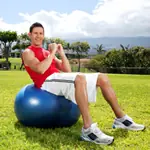
My goal, with this article is to help triathletes and runners alike overcome many of running's common mechanical pitfalls.
More: Top 10 Super Foods for Endurance Athletes
Running mechanics can mask an athlete's true fitness and speed potential, especially at the Ironman distance, where many of the supporting muscle groups become so fatigued late into the race. These inefficiencies typically combine with an already slowing "engine", and lead to very slow marathon splits, relative to the athlete's open running ability.
This occurs on a regular basis at both the elite and age group levels, and can often be avoided by paying run mechanics the same level of attention given to swim technique and bike fit.
The goal of Ironman running is to bring as much of your open running abilities into the race as possible. We like to see no more than a 12 percent difference between an Ironman run split and an open run time.
More: Proper Fueling During Exercise
To this end, it is important to maintain an anabolic mental state. Anabolic? You bet! Chest out and head up, like a sprinter exploding across the finish line—that is what I mean by anabolic. This is in direct contrast to the catabolic carriage, which is evidenced by a crumbling posture and negative state of mind.
Obviously, it's unlikely that any of you are going to cross the finish line of your next Ironman looking like Usain Bolt. But, that should certainly be the ideal that we strive for, and close attention to running mechanics is our fastest ticket to getting there.
How do we reach this anabolic state of mind?
First we have to address and eliminate the issues that lead to a catabolic state that may currently haunt you. Poor flexibility, weakness in non-primary muscle groups, a cognitive inability to find proper posture, and mental weakness on race day can all contribute to your catabolic state.
Poor Extension
This is measured by how far behind the body your leg (i.e. femur) extends during the recovery phase of your running stride. I typically like to see a minimum of 16 degrees of femur extension off of the vertical.
More: 10 Things to Ask Yourself Before Tackling 140.6
This quality is critical in good running posture, because it typically leads to a higher running cadence. By extending the femur further behind the body, your lower leg tends to recover much higher and closer to your rear-end. With this higher recovery, the lever created from your hip, down has less rotational mass and is therefore in a position to recover forward, faster. This faster forward recovery leads to a higher running cadence and, most times, a better strike location relative to your upper torso position.
A higher running cadence helps reduce fatigue, increase speed, and reduce the possibility of injury. It's not as simple, however, as heading out the door and thinking about the need to run with a faster cadence. This approach typically leads to hip flexor injuries due to an increased load on the hip flexors.
The key to a proper increase in running cadence is good upper torso position and hip flexor flexibility, which greatly improves femur extension.
Upper Torso Position
This is the position of your body from your waist to your ear, relative to the vertical position. Ideally, I like to see the upper torso at a forward angle of about five to ten degrees off of vertical. Proper upper torso position helps improve running cadence and sets your body up for a foot strike that falls beneath the body. This improved foot strike position reduces braking forces and vertical bounce.
Extreme vertical bounce in a runner's gait leads to slower than necessary run times, as the balance of time moving vertically is NOT spent moving horizontally. This extreme vertical bounce can also overload the hips in, most cases upon contact with the ground. An additional one to two inches of vertical bounce, beyond normal, can relate to as much as 300 to 600 feet of vertical climbing in a flat 40-minute 10K, running at 90 steps per minute. This vertical bounce essentially creates hills where there are none!
A good upper torso position also permits the upper quad and psoas a bit of "slack", allowing for good extension, as discussed above. While creating a good upper torso position is very much cognitive in nature, it also requires good soleus (calf muscle) flexibility. Many triathletes lack this flexibility, leading to poor running mechanics, and many times, Achilles tendonitis and/or plantar fasciitis.
- 1
- of
- 3
About the Author

Get ACTIVE on the Go


Couch to 5K®
The best way to get new runners off the couch and across the finish line of their first 5K.
Available for iOS | Android



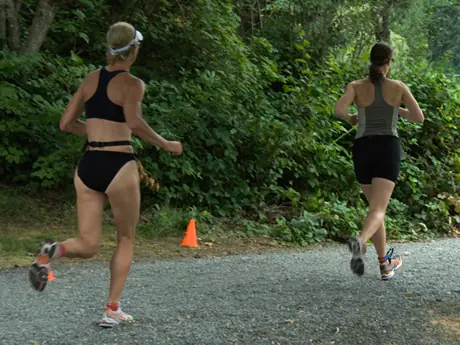
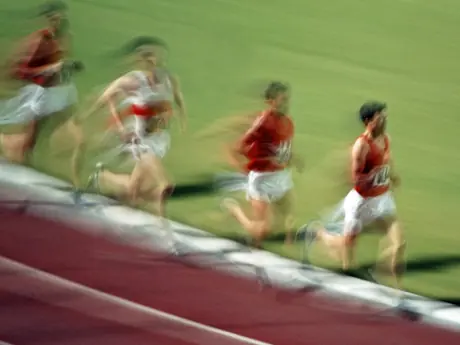
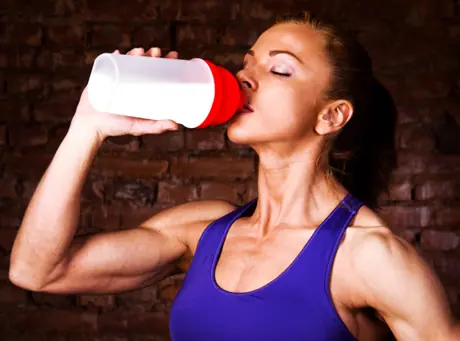

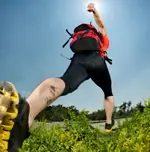
Discuss This Article